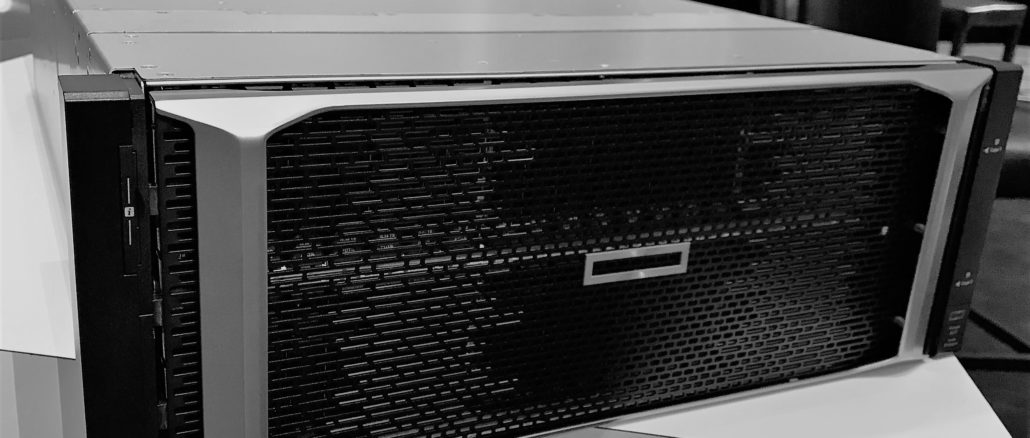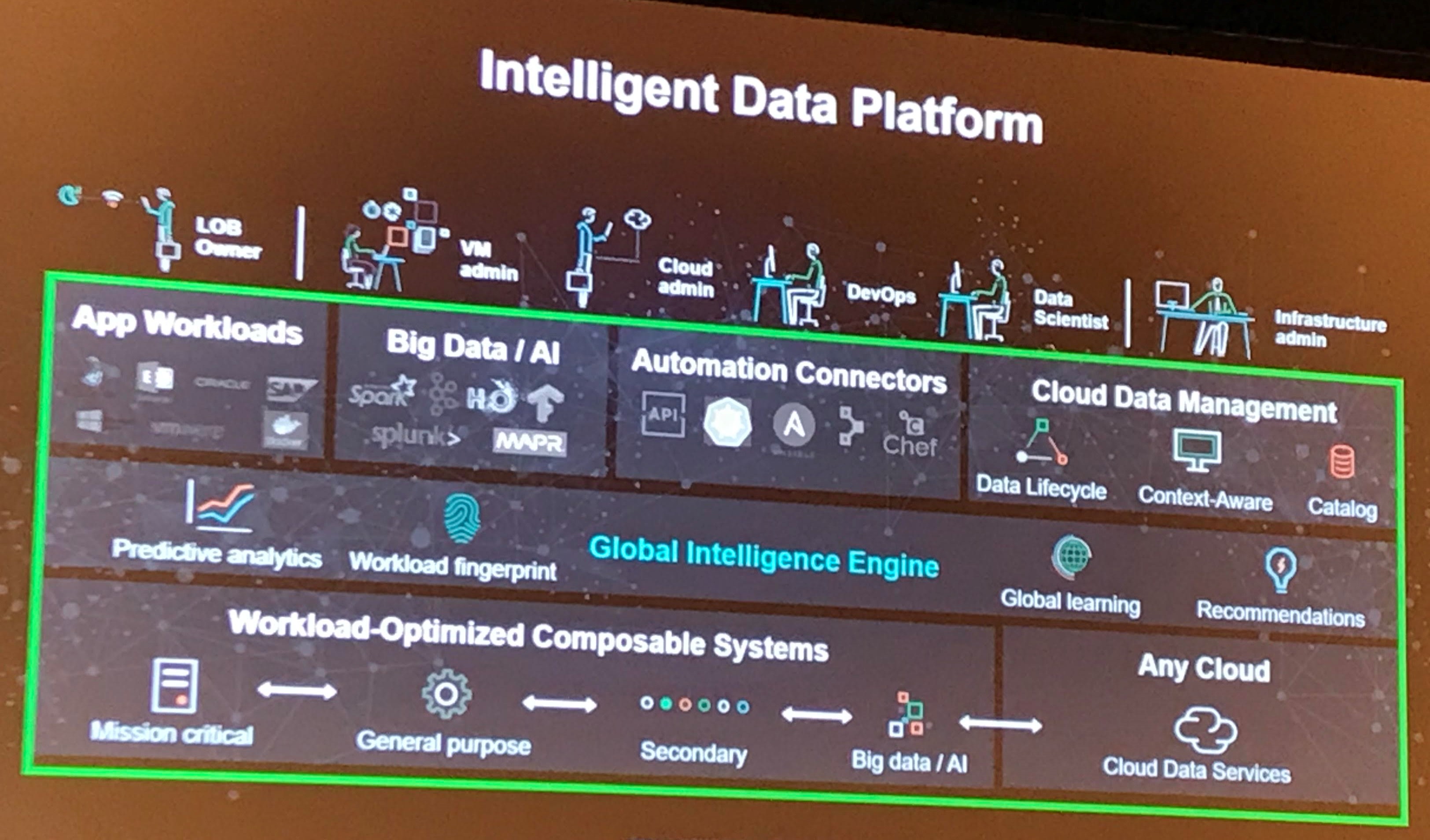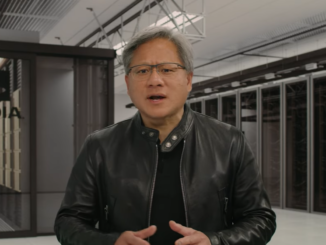
Over the last couple of years, Hewlett Packard Enterprise has added to its already broad portfolio of storage, which includes 3PAR arrays, which HPE bought in 2010, and its homegrown XP7 lineup, aimed at mission-critical workloads that need high availability and uptime. In 2017, HPE bought Nimble Storage, spending $1.2 billion for the flash and hybrid storage vendor. The Nimble deal was announced a week after HPE said it was buying hyperconverged infrastructure vendor SimpliVity, another cog in the growing storage offerings.
With the Nimble acquisition, HPE also inherited the storage vendor’s InfoSight predictive analytics platform, a key technology that leverages artificial intelligence techniques to drive greater insights and automation around the huge amounts of data enterprises are collecting, storing and analyzing. HPE has taken InfoSight and begun extending it to other products, including its 3PAR and SimpliVity.
InfoSight is becoming foundational to HPE’s efforts to drive intelligence in it infrastructure offerings and enable enterprises to better address demands in an increasingly data-driven, cloud-enabled environment where the amount of data they’re generated is increasing rapidly and has quickly outpaced the ability of humans to analyze it all. To gain the insights from the data needed to drive business decisions, improve efficiencies and speed and reduce costs, enterprises are increasingly leveraging AI, machine learning, automation and data analytics. For HPE, InfoSight is the key.
At this week’s HPE Discover 2019 event in Las Vegas, Milan Shetti, vice president and general manager of HPE storage, said greater intelligence is needed to not only derive benefits from the massive amounts of data being generated but also to manage a complex infrastructure environment that includes huge numbers of virtual machines and large server farms and stretches from the core datacenter out to the cloud and the edge. To keep track of what’s happening in this large and highly distributed environment, intelligence is crucial.
InfoSight works by collecting data from millions of sensors and then uses cloud-based machine learning techniques and predictive analytics on the data to detect irregular workload patterns, prevent problems, automatically tune the infrastructure and reduce disruptions. According to HPE, InfoSight over the last decade has analyzed application patterns across 1.25 trillion data points to help predict and prevent problems in storage systems and servers, saving more than 1.5 million hours of downtime.
“This provides not only a view of what’s happening not only right from the workload but all the ends of the infrastructure,” Shetti said. “It essentially becomes the data browser for understanding what’s happening in your infrastructure. This is what’s going to deliver the outcome of making sure we live and work in the intelligent era.”
InfoSight is not HPE’s only tool in the AI toolshed. In December, the company bought BlueData and its big data-as-a-service software platform and the BlueData AI/ML Accelerator technology. HPE in May unveiled that is was putting BlueData’s AI and analytics software into its Apollo servers and announced a reference configuration for deploying the software on HPE’s modular Elastic Platform for Analytics. HPE also talked about plans to bring BlueData’s software to other parts of the product portfolio, including the GreenLake consumption-based on-premises model and to create other reference architectures for AI, machine learning and analytics use cases.
However, at the show, it was InfoSight in the spotlight, with HPE showing plans to expand the reach of InfoSight beyond its Nimble storage products to other portfolios. The OEM unveiled Primera, a new storage platform that the company says combines the AI capabilities of Nimble with the reliability and availability of the 3PAR arrays. It’s a key part of what the company calls its Intelligent Data Platform, which includes the Global Intelligence Engine that involves predictive analytics and global learning.
“The challenge is, with new and existing mission-critical workloads, the IT remains tied down with overall complexity that can also lead to disruptions across the board,” said Sandeep Singh, vice president of storage product marketing. “But businesses as well as developers are demanding agility across the board as well, and they want to go get the cloud agility. Yet IT remains tied down, and especially in the mission-critical environments, has to make a tradeoff. We looked at it and asked, what if you essentially could get both? What if you could have agility and resiliency? What if you had a storage system that could manage itself? That could predict and prevent application disruptions? That could allow you to have mission-critical reliability? When we looked across our portfolio, we figured there was something we could do about this. We have the radical simplicity from our Nimble storage platform. We have the intelligence of InfoSIght and we have 3PAR storage that breaks along a mission-critical heritage where enterprises rely on it for their mission-critical workloads.”
Primera, which will be available in August, is a 4U system that can hold up to 24 SSDs and includes 16 SAS slots and eight NVM-Express slots. It also can support Intel’s Optane technology. Enterprises can install Primera in about 20 minutes and provisioned in seconds, and includes an operating system that decouples data services so that they can be deployed and upgraded independently. It also can be deployed as a service via HPE’s GreenLake, part of the company’s larger effort to offer all of its portfolio as a service by 2022.
The addition of Primera, which is shown in the image at the top of this story, fueled questions over the future of the 3PAR and XP7 lineups, prompting Omer Asad, general manager of 3PAR and Nimble storage, to assure that those legacy storage systems will live on.
“Primera is built on the best-of-breed capabilities that we had available,” Asad said. “It was like we’d taken a clean sheet of paper and redefined the mission-critical, tier-zero … experience. That’s what Primera brings to the table. HPE’s 3Par portfolio has loads of customers that are running on top of it and we will continue to build and sell that platform for years to come and it will follow all the product lifecycles like it has been following.”
He also noted that other customers are devoted to the XP7 lineup for mainframe and other mission-critical application situations, though he added that “at the same time, the demand for mission-critical application environments are changing. IT is under immense pressure to deliver the agility the business is demanding – not only for the existing but for the net-new mission-critical applications that are being developed – and that’s where HPE Primera becomes that platform of choice from that point forward.”
HPE’s Singh said that HPE’s “go-to or lead-with platform for mission-critical environments will be HPE Primera. For business-critical environments where liability still matters but the [need] for scale is lower, then HPE Nimble storage brings along that intelligent tier-one and will be the platform for that. That’s from a primary storage portfolio standpoint. Those become the lead platforms. Then the third [platform] for the general purpose, where that simplicity really, really matters and hyperconvergence [is involved], HPE SimpliVity becomes the lead platform.”
SimpliVity is another area InfoSight is reaching into. The vendor is integrating the infrastructure AI technology into the hyperconverged offerings to enhance system and performance optimization and unveiled the new 1U SimpliVity 325, which is powered by AMD’s EPYC CPU and offers all-flash storage and is aimed at space-constrained environments. There also is the storage-optimized SimpliVity 380 node for long-term and large-capacity data storage, aggregating copies from multiple SimpliVity implementations.
HEP also unveiled Nimble Storage dHCI, a disaggregated hypercoverged infrastructure platform that combines Nimble software with ProLiant compute and is aimed at simplifying the management of VMs. The offering also is driven by InfoSight that HPE says will enable enterprises to more quickly deploy apps and save time and resources.






Be the first to comment